
Walt Disney Mickey Mouse Watches Age Determination
Share
When the first Mickey Mouse watch was released in 1933, it cost $3.25. If you're lucky enough to own a watch from 1933 today, it would cost significantly more!
There have been many Mickey Mouse watches over the past century, and dating your watch is a crucial factor in determining its value. If you're unsure how to determine the era of your Mickey Mouse watch, read on! We've compiled a list of the various Mickey Mouse watches from the past century, including key features and how to determine their value.
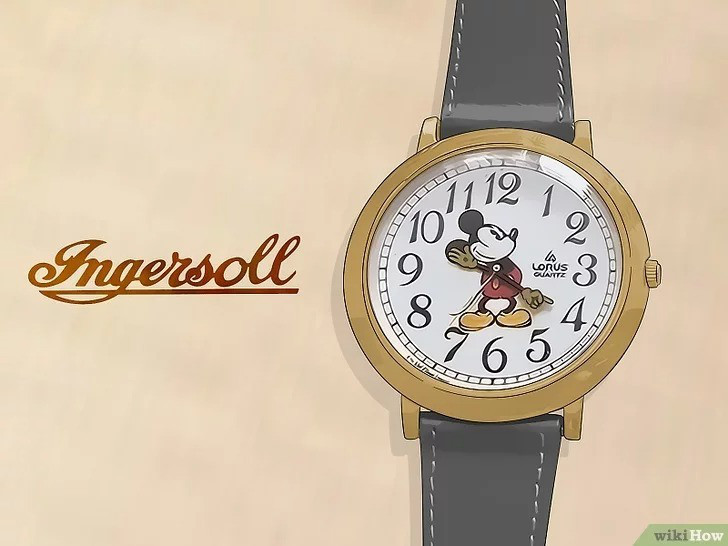
The watches from 1935 to 1937 underwent some minor changes. For example, the newer watches feature the inscription "USA" on the dial between Mickey's buttocks and the number 8 .
The numbers 5 and 7 appear on Mickey's feet, not on the outside or inside like earlier clocks. Clocks produced between 1934 and 1937 had round cases.
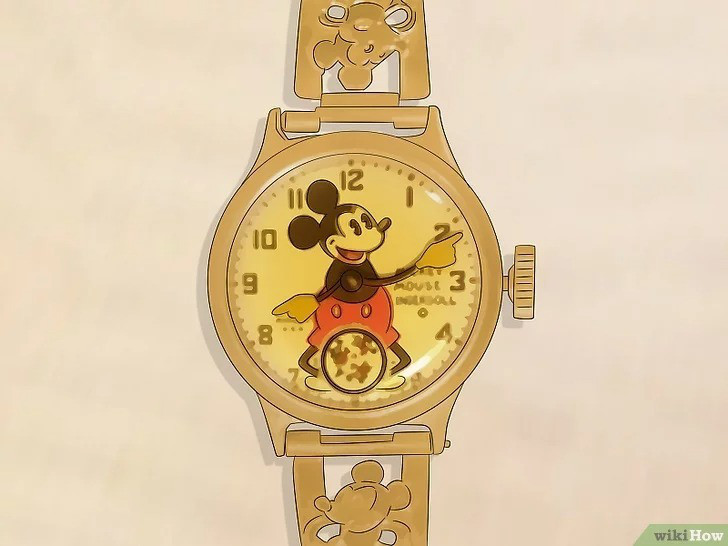
Some watches from 1937 had a rectangular case. Some watches from 1937 had a rectangular case. While some watches from that year still resembled previous models, others were quite different. They had simple rectangular cases instead of round ones, and the three tiny Mickey figures were removed from the subdial and replaced with a simple seconds hand.
The long sides of the rectangular case were slightly curved, but the short sides were straight. Earlier Mickey watches were intended for boys, but now there were also watches for girls with thinner metal bracelets.
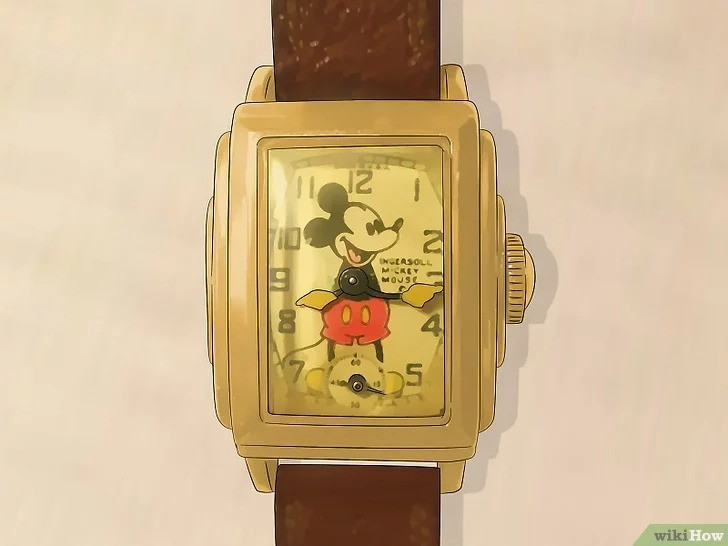

In 1948, a luminous dial was introduced. The luminous dial was created by applying radium to the dial, causing it to glow. Luminous dials were a popular feature of many watches in the 20th century and remain so today (although radium was discontinued in the 1970s due to its extreme radioactivity).
If you own a vintage watch with a luminous dial and are worried about possible radioactivity exposure, rest assured: The EPA has determined that luminous dials made with radium are not dangerous unless you disassemble the watch.
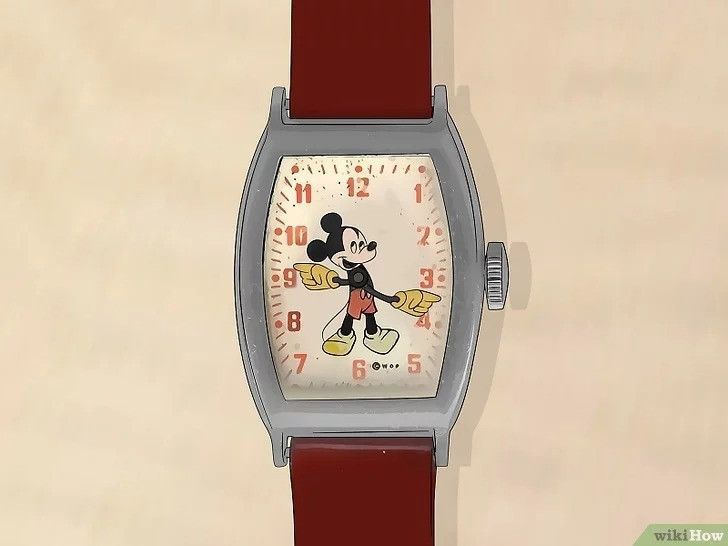
The watch from the 1950s has red numerals. The numerals on the dials of the previous watches were black. Otherwise, the watch was exactly the same as in the 1940s: rectangular case, luminous dial, and yellow-gloved hands indicating the time.

7 The 1960s watch does not have Mickey Mouse. In the last decade that Ingersoll (at that time US Time) held the license for the Mickey Mouse watch, Mickey was completely removed from the watch.
Instead, the "Mickey Mouse" logo appeared in capital letters on the dial. During this decade, the case changed from rectangular to round. US Time was renamed Timex in July 1969.
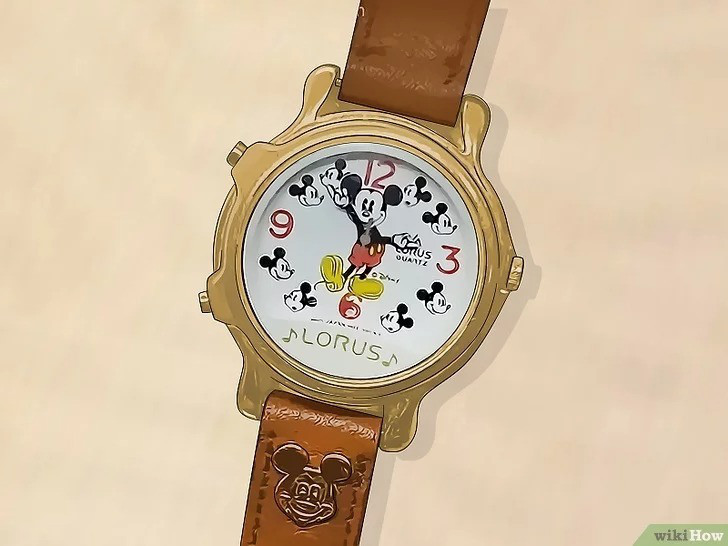
If your watch plays music, it might be a Lorus Mickey Mouse watch. Ingersoll discontinued production of Mickey Mouse watches in 1971, and Japanese manufacturer Seiko licensed the character to release its own Mickey Mouse watch line in the 1980s and 1990s under the Lorus, Pulsar, and Seiko brands.
Lorus Mickey Music watches cost between $300 and $2,000, depending on their rarity and condition. Lorus has released a range of limited-edition watches for men and women, but the music watch is among the rarest and most valuable.
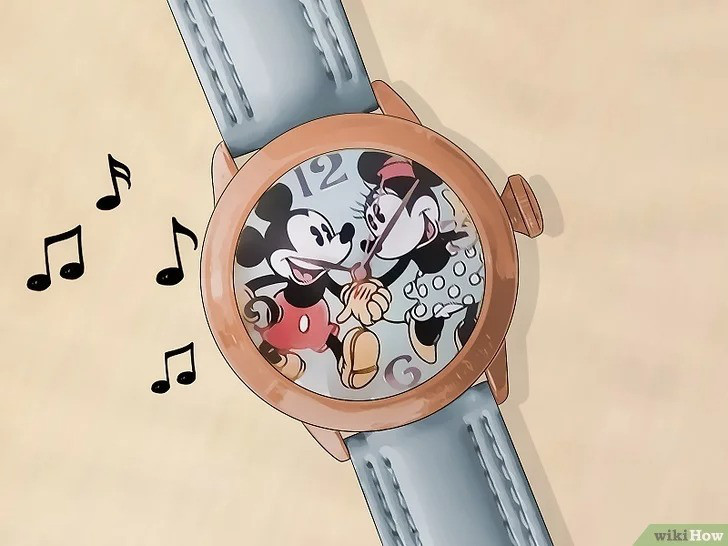
This 1970s Seiko watch features both Mickey and Minnie. This seven-jewel mechanical wristwatch was developed for Seiko's Japanese market and produced in only 500 pieces.
This makes it extremely rare and, with a value of over $475, very valuable. Seiko also produced a 14-karat gold Mickey Mouse watch in the 1990s, in a limited edition of 500 pieces.
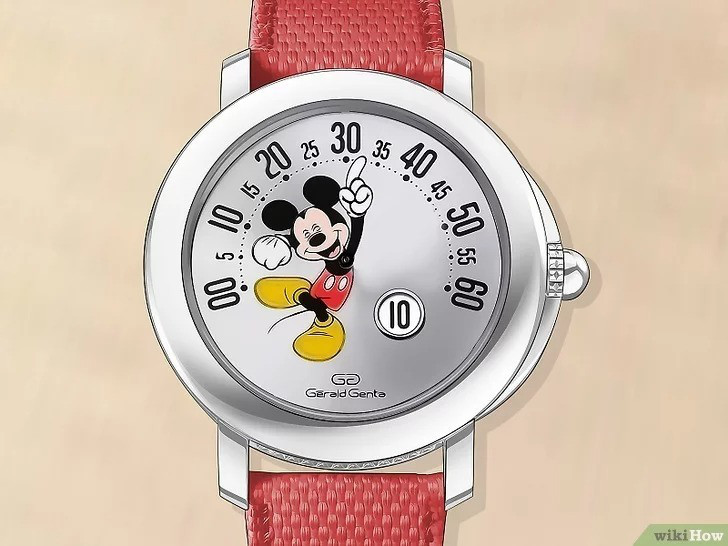
Gérald Genta's luxurious Mickey Mouse watches debuted in 1984. The original, delicate quartz Genta Round Retro Fantasy watch featured a mother-of-pearl dial, a laughing Mickey Mouse on the dial, a jumping hour display, and retrograde minutes. At the time of its release, the white gold version of the watch was the most expensive Mickey Mouse watch of all time.
When the celebrated watchmaker Genta presented his “high-class” Mickey Mouse watches at a Swiss trade fair in 1984, he was asked by the organizers to remove them from his exhibition.
In protest, Genta grabbed his watches and stormed out. Genta's Round Retro Fantasy watches feature Mickey and other characters from the Disney universe. The cartoons are usually depicted playing sports like baseball or golf.
The brand of a watch influences its value. There are many Mickey Mouse watches from various manufacturers. However, a watch from Ingersoll-Waterbury, Timex, Genta, Seiko, Bradley, Invicta, Swatch, or Gucci is likely to be more valuable than, say, a Target-brand watch (no offense, Target).
It is unclear whether Rolex actually produced Mickey Mouse watches or whether "Mickey Mouse Rolexes" are actually just Rolex watches with Mickey dials added later.[8] Genta's Mickey Mouse watches are the most valuable of all. Some are worth over $30,000 due to their quality and limited edition.
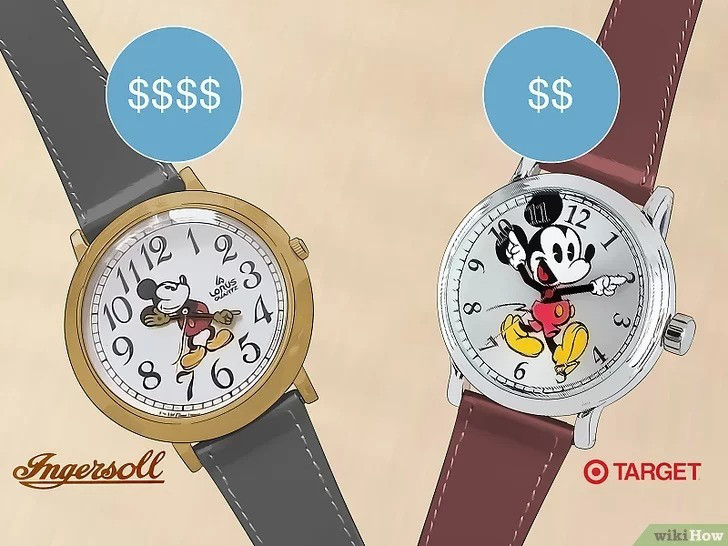
The manufacturer is the most important indicator of age:
| Manufacturer | Period | Notes |
|---|---|---|
| Ingersoll | 1933–1957 | First Mickey Mouse watches. Highly sought after by collectors. |
| US Time | 1957–1968 | Transitional brand, successor to Ingersoll. |
| Timex | from 1969 | Same company, but now under the name “Timex”. |
| Bradley | 1972–1980s | Many wristwatches with colorful dials. |
| Lorus (Seiko) | from 1985 | Quartz watches, often with plastic cases. |
| Disney Time Works, Fossil, Seiko etc. | from the 1990s | Modern collector's editions. |
clockwork
-
Mechanical (hand-wound): mostly before 1975
-
Quartz: from 1970s
-
Digital: from the 1980s
